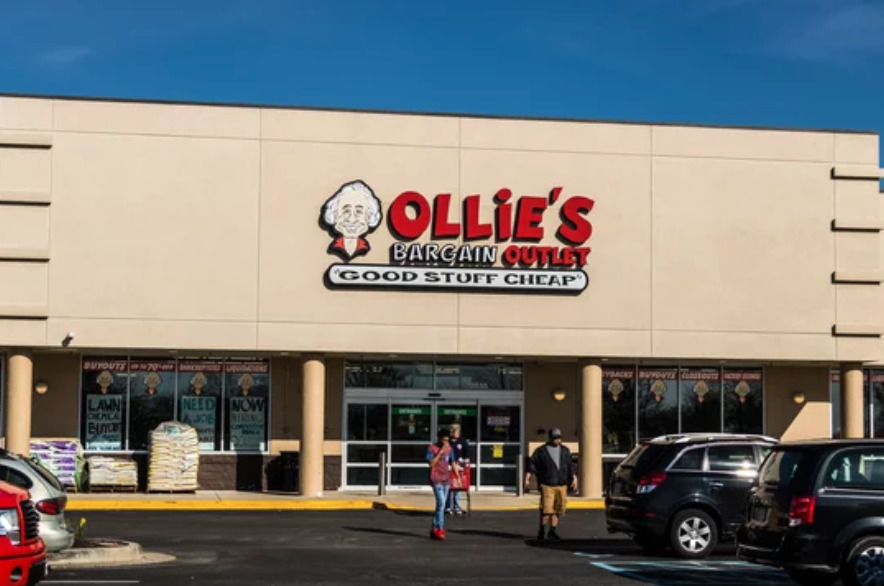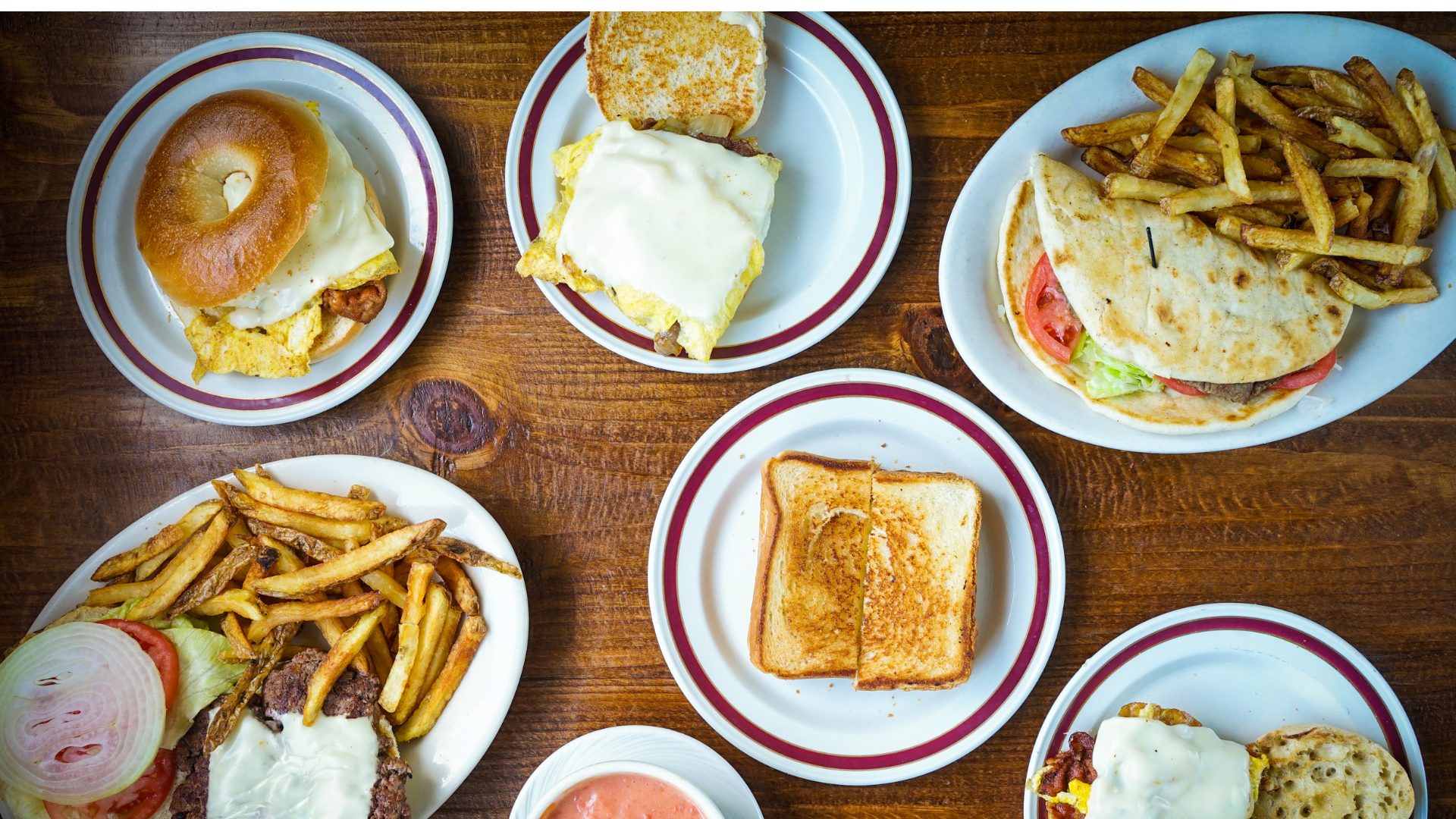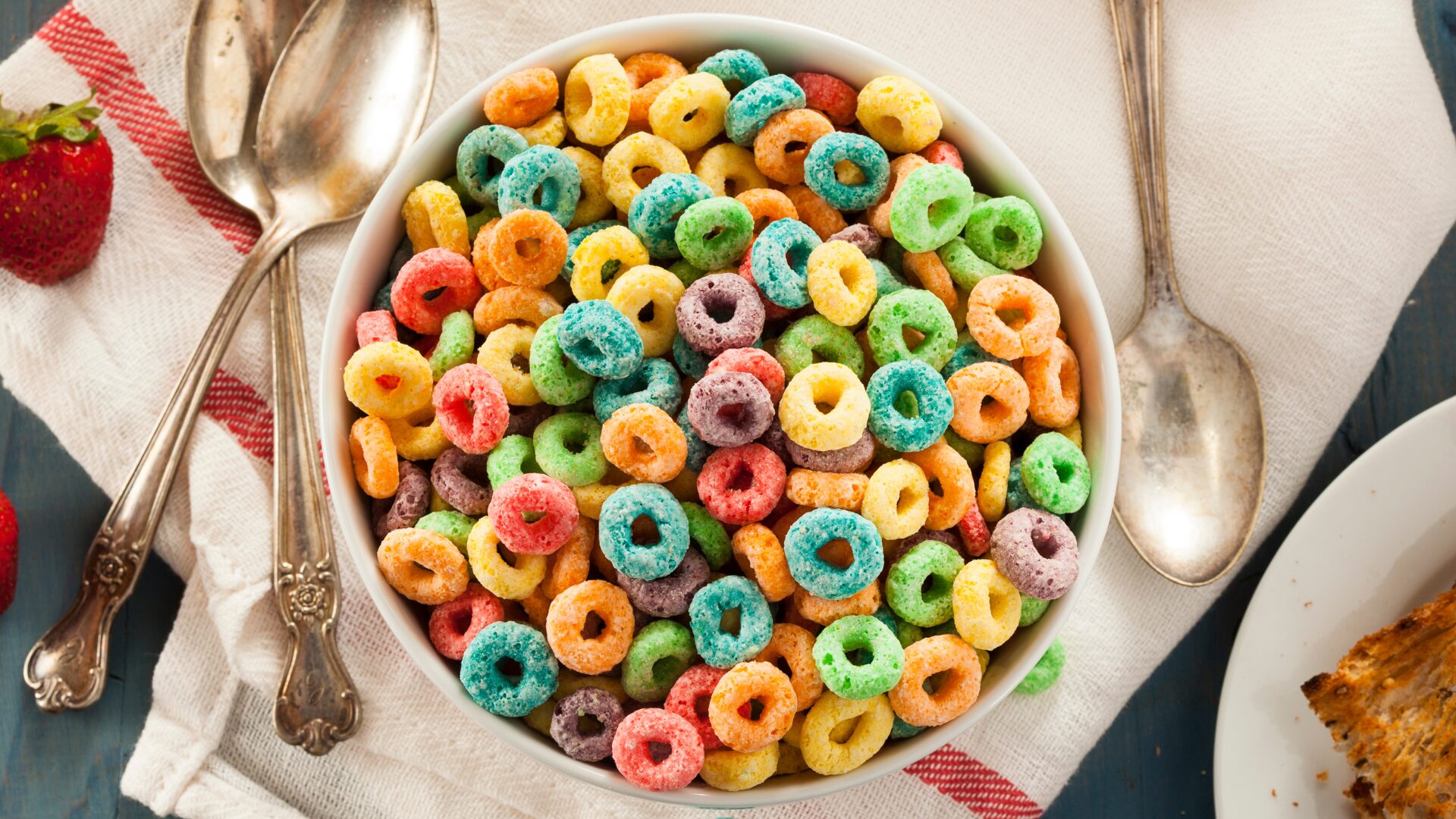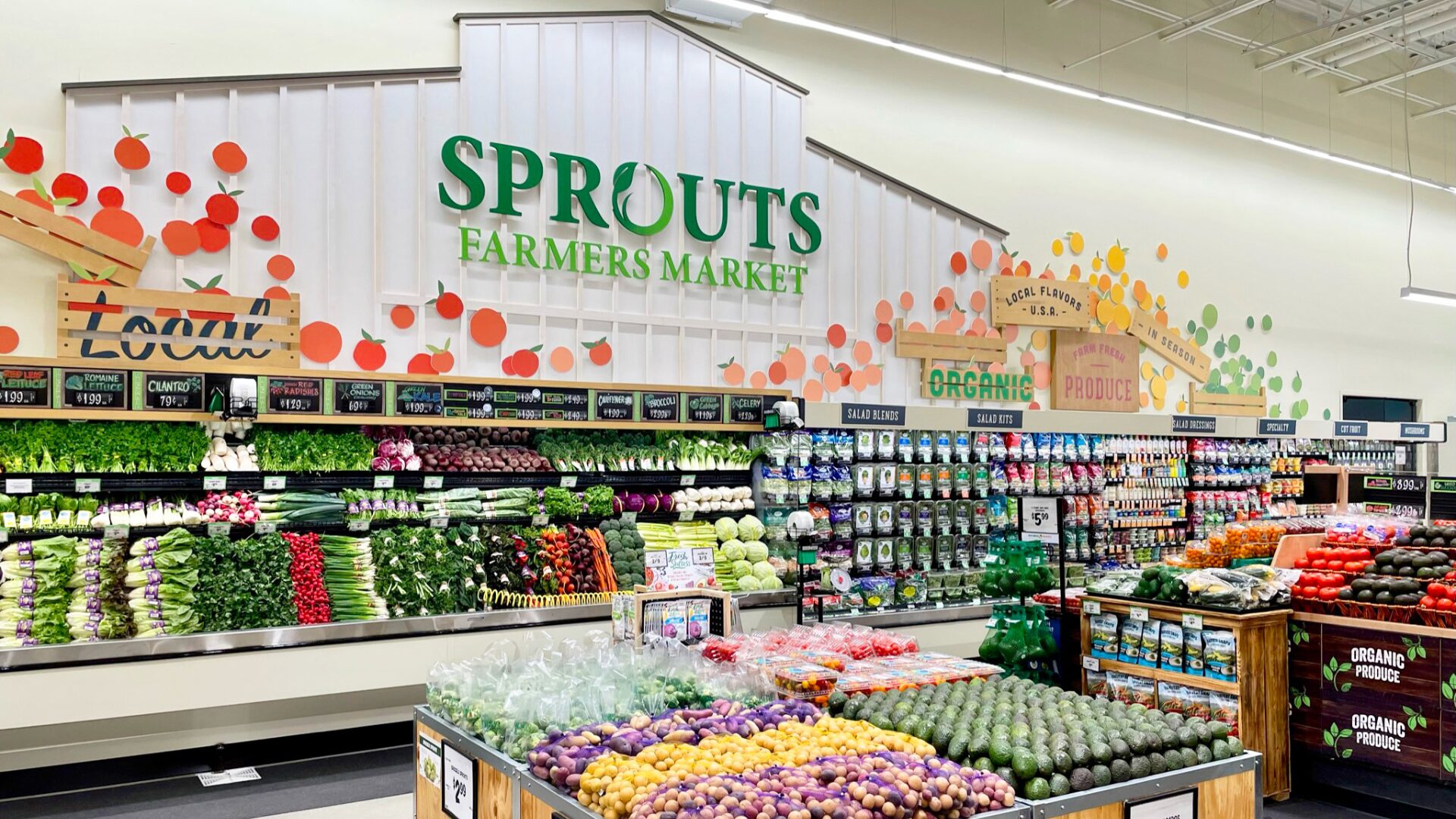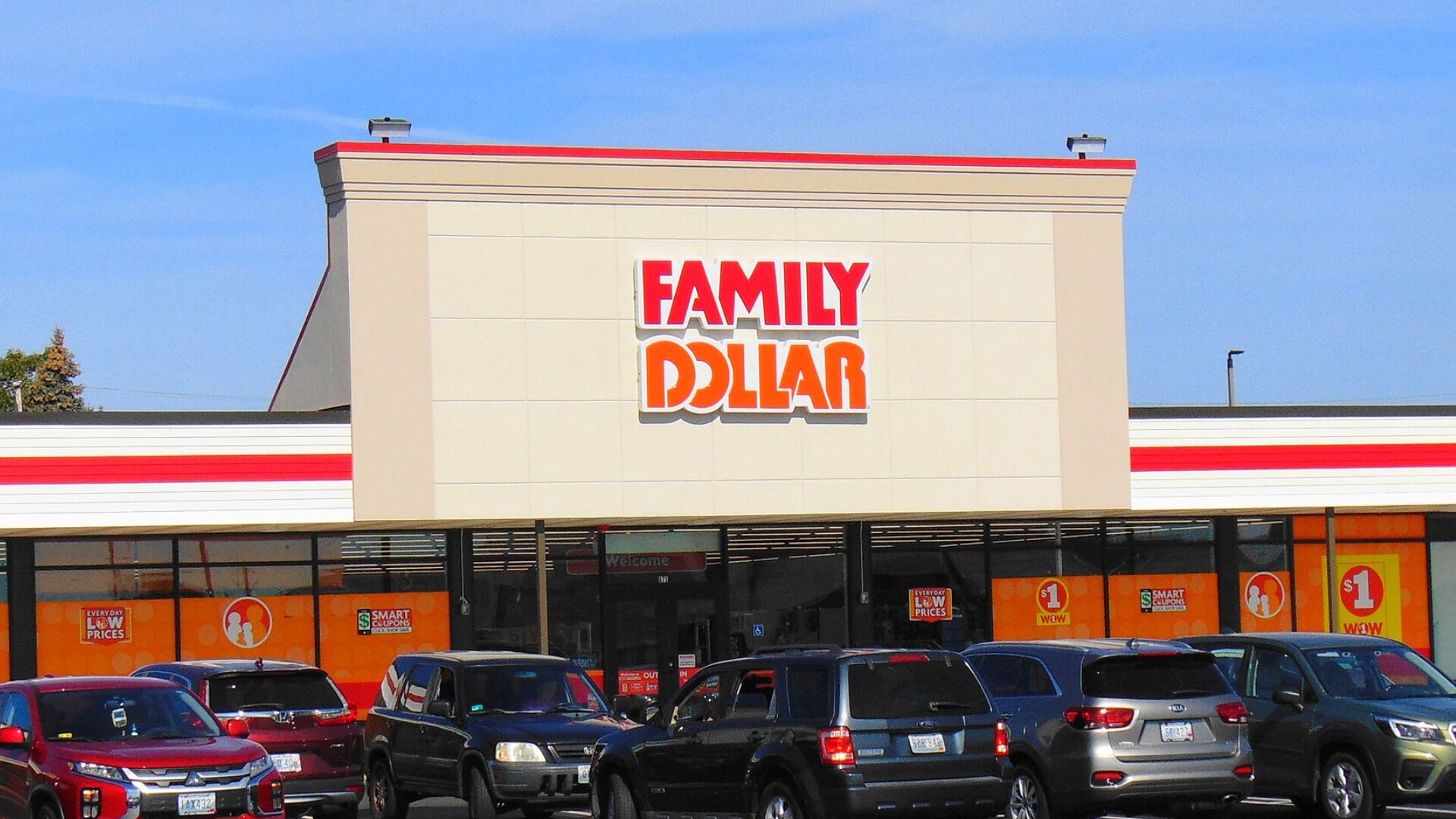Continued economic pressure has led to growing sales at “extreme value” retailers like Ollie’s Bargain Outlet Holdings—including in food, according to President and CEO John Swygert on a call with investors. Ollie’s strong performance in Q2 2023, with sales up 13.7% year-over-year, is a sign that mainstream grocers should be watching this low-price category to better understand their own shoppers’ demands.
Ollie’s carries a range of food products, including k-cups, cereal, energy drinks, candy, and chips. The retailer advertises that its prices are “up to 50% off the fancy stores’ prices,” and unlike some off-price grocers, Ollie’s puts an emphasis on carrying brand names like Kellogg’s, Keebler, Hampton Farms, Nutri-Grain, and Pop Tarts. These deals aren’t only appealing to lower-income shoppers, either.
“It’s an indicator of how consumer behavior will continue to shift,” said Andy Keenan, Executive Vice President & General Manager at Advantage Solutions. “As cost-of-living continues to increase and inflation rises, the complexion of the value shopper is changing. It is no longer limited to shoppers/families that are focused on how to make their dollars stretch further and last longer. But also includes a growing population of high-income earners who are value conscious.”
A study by InMarket found that the share of visitations to dollar and discount stores among higher-income shoppers earning $100,000 was up 10% in June 2023 compared to June 2022. The company also found a 6% average increase in visitation share in the 18-to-34 demographic as well as smaller increases among their older peers. A survey by CouponBirds also found that retailers who put an emphasis on discounts have conversion rates 10% to 15% higher than those who do not.
This trend isn’t new. Michael Della Penna, Chief Strategy Officer at InMarket, noted that average spending on grocery products at discount chains increased 71% from October 2021 to June 2022. This represents an acceleration of customer behaviors that have been growing for two decades.
“Value grocers such as Dollar General, Dollar Tree/Family Dollar, Grocery Outlet, and Ollie’s have exploded over the past 20 years, with over 38,000 new stores across the U.S.,” said Scott Moses, Head of the Grocery, Pharmacy & Restaurants group at Solomon Partners. “Their low-price position—particularly for groceries—attracts consumers from across the socioeconomic spectrum and has added another set of great grocery choices all over the country.”
When Value Meets Convenience
Extreme value retailers like Ollie’s, Dollar General, and Dollar Tree also benefit from consumers’ demand for convenience. Inexpensive food represents just a portion of their varied product mix, which makes these stores appealing to busy shoppers.
“I believe these retailers are poised to win on two fronts,” said Jonathan Prescott, vice president of e-commerce at CouponBirds. “First, they offer a selection of products at the lowest price in a given market, meeting the needs of today’s price-sensitive consumer. Second, they offer more than just food products. And that creates a simpler and more efficient shopping experience for many, creating a ‘one stop’ shopping experience—and fewer shopping trips—for a broad range of items beyond just traditional grocery products.”
While supermarkets can’t completely overhaul their business model to become variety stores, they can still take lessons from the success of extreme retailers. Emphasizing lower prices while expanding product selection where possible can replicate the success of their off-price competitors while still providing the opportunity for grocers to leverage their own advantages, like fresh meat and produce.
“The biggest lesson more traditional grocers and food retailers can take away from the success of discount retailers is the importance of price, product diversity, and convenience in driving loyalty among price-conscious shoppers,” said Della Penna. “Retailers like Ollie’s, Dollar General, and even Walmart are seeing such notable success because they’re quickly adapting to the evolving needs and behaviors of their target audiences and heavily investing in grocery to take advantage of the growth opportunity.”


